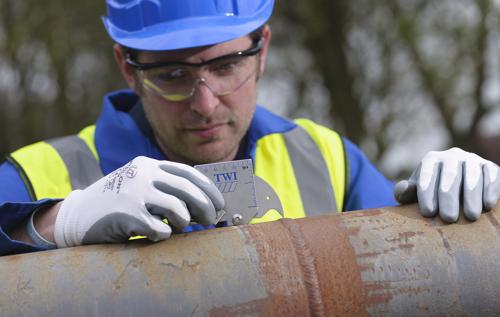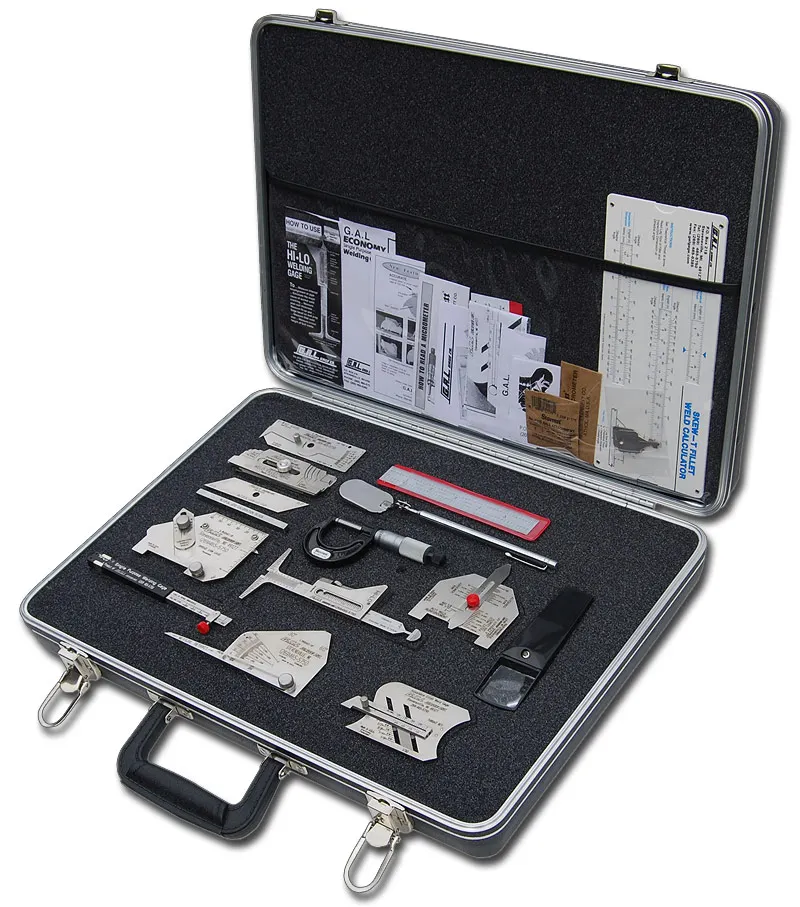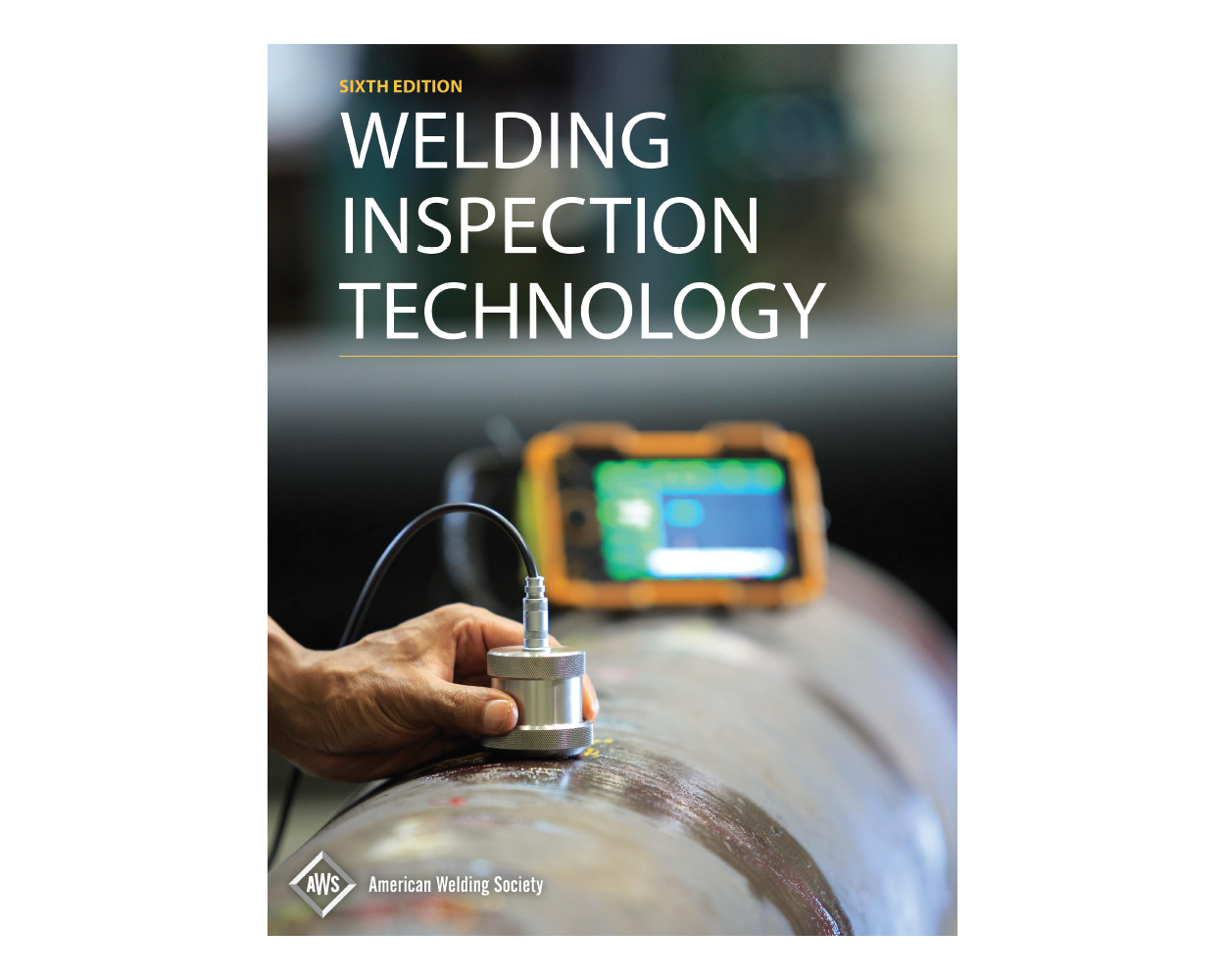Optimize Your Welding Top Quality with Expert Inspection Services in Gilbert Arizona
Wiki Article
A Comprehensive Guide to Welding Assessment: Recognizing Requirements, Techniques, and Ideal Practices for Quality Control

Welding evaluation plays a pivotal role in ensuring the architectural stability and safety and security of welded parts, requiring a thorough understanding of sector criteria such as those developed by AWS and ASME. Different assessment techniques, consisting of ultrasonic and aesthetic testing, are utilized to discover prospective flaws that can compromise high quality. Additionally, executing best methods can significantly boost functional reliability and foster depend on amongst clients. As we check out these vital elements, it ends up being obvious that the implications of welding examination extend much beyond compliance, inviting a more detailed assessment of exactly how these processes form market standards and methods.
Significance of Welding Examination
Welding assessment plays an important role in making sure the integrity and safety and security of welded frameworks. It is a vital process that validates that welds adapt to predefined requirements, which is essential in various sectors, consisting of construction, automotive, and aerospace. By performing detailed examinations, potential problems such as splits, incomplete blend, and porosity can be recognized early, stopping devastating failings that can bring about accidents or costly repair services.The importance of welding evaluation prolongs past plain conformity with regulations; it also promotes depend on with stakeholders. Customers and governing bodies anticipate assurance that the structures they count on are developed to hold up against operational stresses. Moreover, reliable welding inspection methods add to long-lasting durability and efficiency of the frameworks, inevitably resulting in reduced maintenance expenses.
Furthermore, welding examination advertises a culture of quality within organizations, motivating adherence to ideal techniques and continuous renovation. By incorporating evaluation processes into the welding workflow, business can boost their online reputation and develop themselves as leaders in high quality guarantee. In final thought, the relevance of welding evaluation lies in its capability to protect lives, ensure structural integrity, and promote sector criteria, making it an essential element of welding operations.
Trick Sector Specifications
Making certain conformity with key sector criteria is crucial for maintaining the top quality and safety and security of bonded frameworks. Various companies establish these criteria to promote ideal methods in welding and inspection. Amongst the most acknowledged are the American Welding Society (AWS) and the American Culture of Mechanical Designers (ASME), which offer thorough guidelines and requirements for welding procedures and examination criteria.AWS requirements, such as AWS D1.1 for architectural welding, summary requirements for materials, style, and screening to ensure the stability of welds. ASME codes, consisting of ASME Area IX, govern the certification of welders and welding treatments, making certain consistent high quality in commercial applications. Internationally, the ISO 3834 standard emphasizes quality demands for blend welding, giving a framework for organizations to show compliance with international finest techniques.
Compliance with these requirements not only improves the integrity of welded frameworks yet additionally mitigates risks related to structural failures. Adherence to market requirements is typically a prerequisite for regulatory approvals and can considerably influence job specs. Eventually, understanding and applying these key standards are important for efficient welding examination and quality control.
Assessment Techniques Review
Efficient welding assessment relies upon a selection of techniques developed to evaluate the quality and integrity of welds. These methods additional info can be extensively classified into non-destructive and destructive screening (NDT) approaches. Non-destructive screening methods, which are extensively favored in the market, enable for the examination of welds without compromising the integrity of the product.Amongst one of the most frequently made use of NDT methods are visual inspection, ultrasonic screening, radiographic screening, and magnetic bit testing. Visual examination is usually the very first step in the analysis procedure, enabling assessors to determine surface blemishes and analyze weld grain accounts. Ultrasonic testing utilizes high-frequency acoustic waves to find internal problems and measure the density of welds. Radiographic screening involves making use of X-ray or gamma-ray imaging to reveal interior issues, while magnetic bit screening is effective for finding surface and near-surface gaps in ferromagnetic products.
Each method has its very own benefits and constraints, making it essential for inspectors try these out to choose one of the most proper approach based upon the specific requirements of the project, the materials included, and the urgency of the welds being evaluated. This mindful selection ensures extensive evaluations and promotes safety and top quality requirements in welding procedures.

Typical Problems and Their Ramifications
A complete understanding of usual issues in welds is critical for keeping architectural honesty and safety and security in bonded building and constructions. Welding flaws can dramatically endanger the mechanical buildings of the joint, bring about failings that might threaten both personnel and equipment.Usual flaws include porosity, which manifests as small gas pockets entraped in the weld steel, compromising the overall framework. Fracturing is one more common issue, often arising from fast cooling or inappropriate joint layout, resulting in tension focus that can cause devastating failures. Insufficient combination occurs when the weld steel stops working to correctly bond with the base material, developing powerlessness that may bring about splitting up under load.
Various other noteworthy issues include damaging, where the weld bead deteriorates the base metal, and slag additions, which can hinder the weld's stamina. Each of these issues has particular effects; for example, porosity can reduce ductility, while splitting directly impacts tensile toughness. Identifying and comprehending these issues during evaluation is crucial for making sure and applying corrective procedures conformity with sector standards, eventually securing imp source the architectural honesty of welded assemblies.
Best Practices for High Quality Guarantee
Carrying out ideal techniques for quality control in welding processes is vital for accomplishing ideal outcomes and decreasing issues. One critical practice is the establishment of clear welding procedures that follow sector criteria and requirements. These treatments need to consist of detailed instructions concerning material selection, joint preparation, and welding techniques to ensure consistency and top quality.Routine training and accreditation of welding workers are also vital. Competent welders who understand the importance of quality guarantee are most likely to create sound welds. Additionally, applying a durable assessment program, including both visual and non-destructive screening (NDT), can assist identify defects early in the procedure, enabling for timely corrective activities.
Paperwork plays a key duty in top quality assurance. Maintaining exact documents of welding specifications, repair work, and inspections makes certain traceability and responsibility. Utilizing sophisticated modern technologies such as automated welding makers can improve accuracy and lower the capacity for human mistake.
Last but not least, fostering a culture of top quality within the company urges staff members to prioritize high quality in their job. By adhering to these best methods, companies can enhance the honesty of their welding processes, eventually causing improved product top quality and minimized expenses associated with rework and repair work.

Verdict
Finally, welding examination plays a crucial function in ensuring the integrity and safety and security of welded frameworks. Adherence to essential market standards, such as those developed by AWS and ASME, is important for effective quality control. Employing various examination techniques enables the recognition of common defects, thereby minimizing prospective dangers. By executing ideal practices, companies can improve dependability, reduce maintenance costs, and cultivate trust fund amongst clients, ultimately contributing to successful welding operations.In addition, welding examination advertises a culture of high quality within companies, urging adherence to finest methods and continuous improvement. In conclusion, the significance of welding inspection lies in its capacity to secure lives, guarantee architectural reliability, and promote market criteria, making it an essential aspect of welding procedures.
Among the most recognized are the American Welding Society (AWS) and the American Culture of Mechanical Designers (ASME), which give detailed guidelines and specifications for welding procedures and assessment criteria.
Eventually, understanding and executing these vital criteria are important for efficient welding assessment and quality assurance.
Efficient welding assessment counts on a selection of techniques created to examine the quality and integrity of welds. - Welding Inspection Gilbert Arizona
Report this wiki page